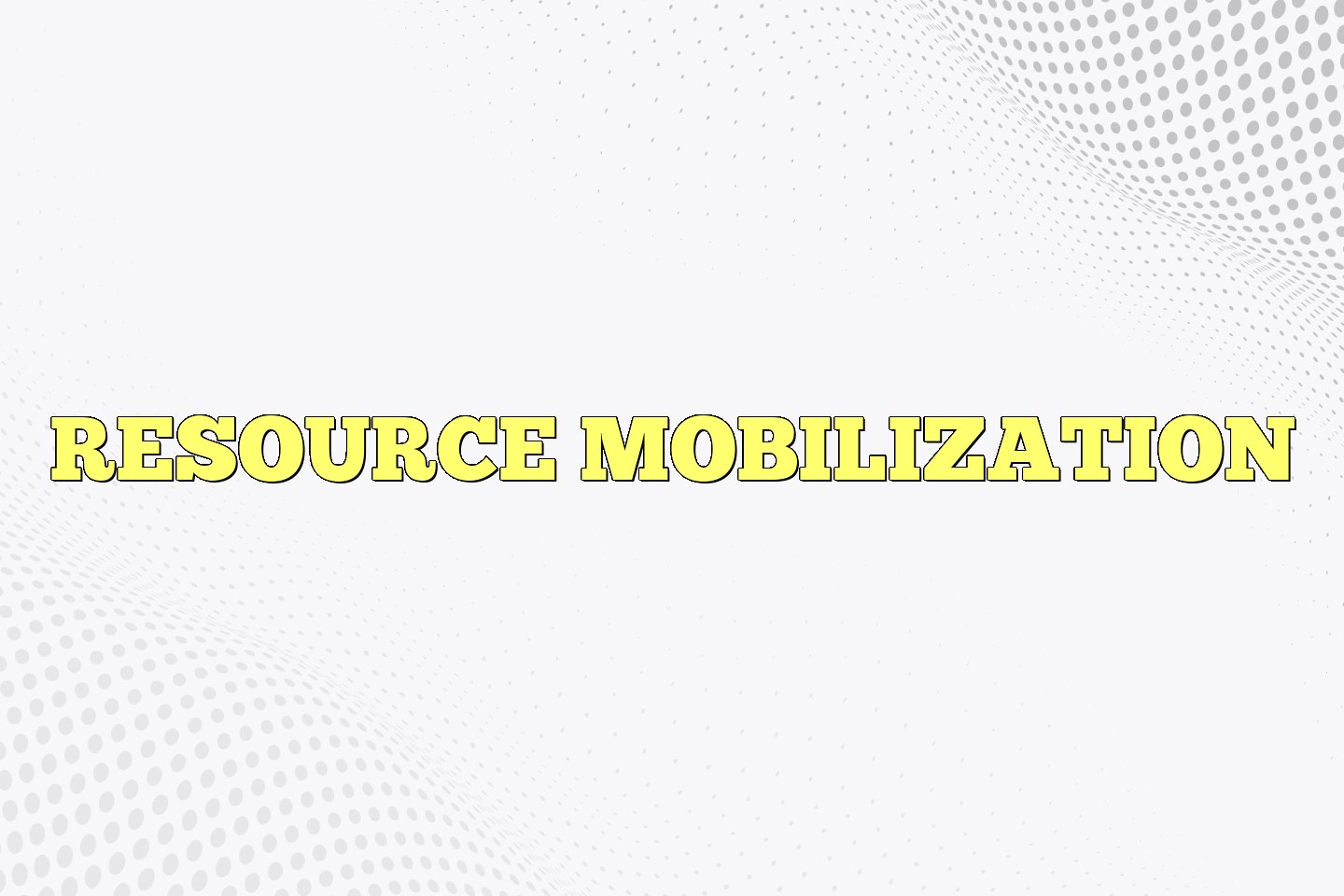Mobilizing resources is a key aspect of any successful project or initiative, as it involves utilizing available resources to achieve a specific goal. Whether it is for a non-profit organization, a business venture, or a community project, effectively mobilizing resources is crucial for its sustainability and long-term impact. However, with limited resources and competing priorities, it can be challenging to effectively mobilize resources. In this article, we will explore some effective strategies for mobilizing resources that can help organizations and individuals achieve their objectives efficiently and sustainably. By understanding these strategies, individuals and organizations can effectively leverage resources to drive positive change and achieve their goals.

Resource mobilization is a major sociological theory in the study of social movements which emerged in the 1970s. It stresses the ability of movement’s members to 1) acquire resources and to 2) mobilize people towards accomplishing the movement’s goals. In contrast to the traditional collective behaviour theory that views social movements as deviant and irrational, resource mobilization sees them as rational social institutions, created and populated by social actors with a goal of taking a political action.
The theory and its theorists
According to resource mobilization theory, a core, professional group in a social movement organization works towards bringing money, supporters, attention of the media, alliances with those in power, and refining the organizational structure. Social movements need the above resources to be effective, because dissent and grievances alone will not generate social change.
This theory assumes that individuals are rational. Individuals thus weigh the costs and benefits of movement participation and act only if benefits outweigh costs. When movement goals take the form of public goods, the free rider dilemma has to be taken into consideration.
Social movements are goal-oriented, but organization is more important than resources. Organization means the interactions and relations between social movement organizations (SMOs) and other organizations (other SMOs, businesses, governments, etc.). Efficiency of the organization infrastructure is a key resource in itself.
Resource mobilization theory can be divided into two camps:
- John McCarthy and Mayer Zald are the originators and major advocates of the classic entrepreneurial (economic) version of this theory, while
- Charles Tilly and Doug McAdam are proponents of the political version of resource mobilization.
The enterpreneurial model explains collective action as a result of economics factors and organization theory. It argues that grievances are not sufficient to explain creation of social movements. Instead access to and control over resources is the crucial factor. The laws of supply and demand explain the flow of resources to and from the movements, and that individual actions (or lack thereof) is accounted for by rational choice theory.
The political model focuses on the political struggle instead of economic factors.
In the 1980s, other theories of social movements challenged the resource mobilization framework:
- social constructionism
- new social movement theory
Criticism
Critics point out that resource mobilization theory fails to explain social movement communities, which are large networks of individuals and other groups surrounding social movement organizations, and providing them with various services. Critics also argue that it fails to explain how groups with limited resources can succeed in bringing social change and that it does not assign sufficient weight to grievances, identity and culture as well as many macro-sociological issues.